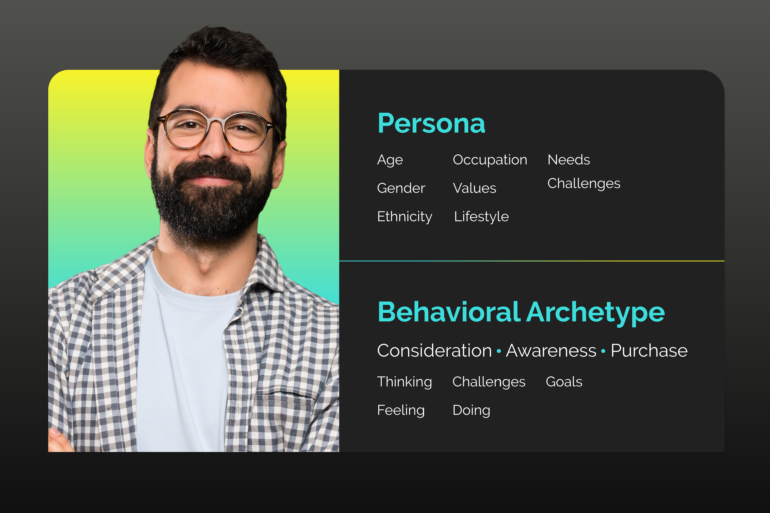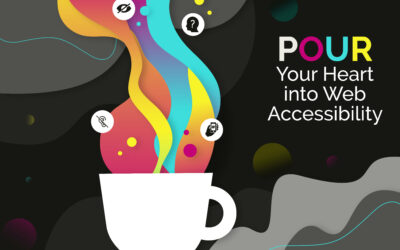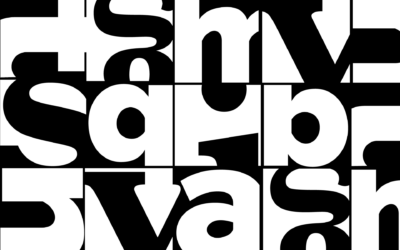As a marketer, have you ever carefully crafted a beautiful story — stunning in detail, captivating in emotion, so actionable it hurts — and just let it fly into the world, aimless?
Of course you haven’t. We always have an audience in mind. But how we define those audiences can differ from person to person and company to company. You can build complex buyer personas; you could map out clever customer archetypes. And to some people, those two might feel like the same thing.
Here at Look Listen, however, we choose a bit of a mix of the two, something called a behavioral archetype. And we want you to know more about it.
But first…
What is a persona?
It may seem like a remarkably simple concept — after all, here you are on a marketing agency’s blog; you likely know a thing or two about a marketing thing or two. But it’s an answer that’s a bit more involved than you’d think.
Through our work with clients at Look Listen and elsewhere, our team has encountered personas of all shapes and sizes. Some with full back stories. Some with photos and quotes. Some as slim as just the basics of the group.
And there’s nothing wrong with any of those approaches. Because the persona is simply a semi-fictional representation of the audience you want to reach. However — and no disrespect to those who do it — these days, we’ve found a slightly more helpful and consistent system for collecting and providing audience information for our clients.
And that’s through…
The magic of behavioral archetypes
These potent profiles serve the same function as personas; however, rather than focus on age range, gender, or other details that can just take up space without being insightful, they focus on — you guessed it — common user behaviors.
These profiles are still semi-fictional representations of your audience, but, as we create them, behavioral archetypes will give you insight into how your audience is feeling, what they’re doing, and their pain points (challenges) and gain points (goals) all along their purchase path with you.
By having this type of detailed information, your brand can better identify where, when, and how to interact with your audience, thus better determining what each group’s ideal user experience should be, which encourages loyalty, purchases (used generally; we know not every desired action is a purchase), and return visits.
Our technology team has even developed an online tool for clients to see their behavioral archetypes travel through the customer journey before their very eyes, with just a few clicks.
If you’re ready to rethink your persona set, or if you’d like to know what our customer journey tool entails, we’re always interested in having a conversation.





